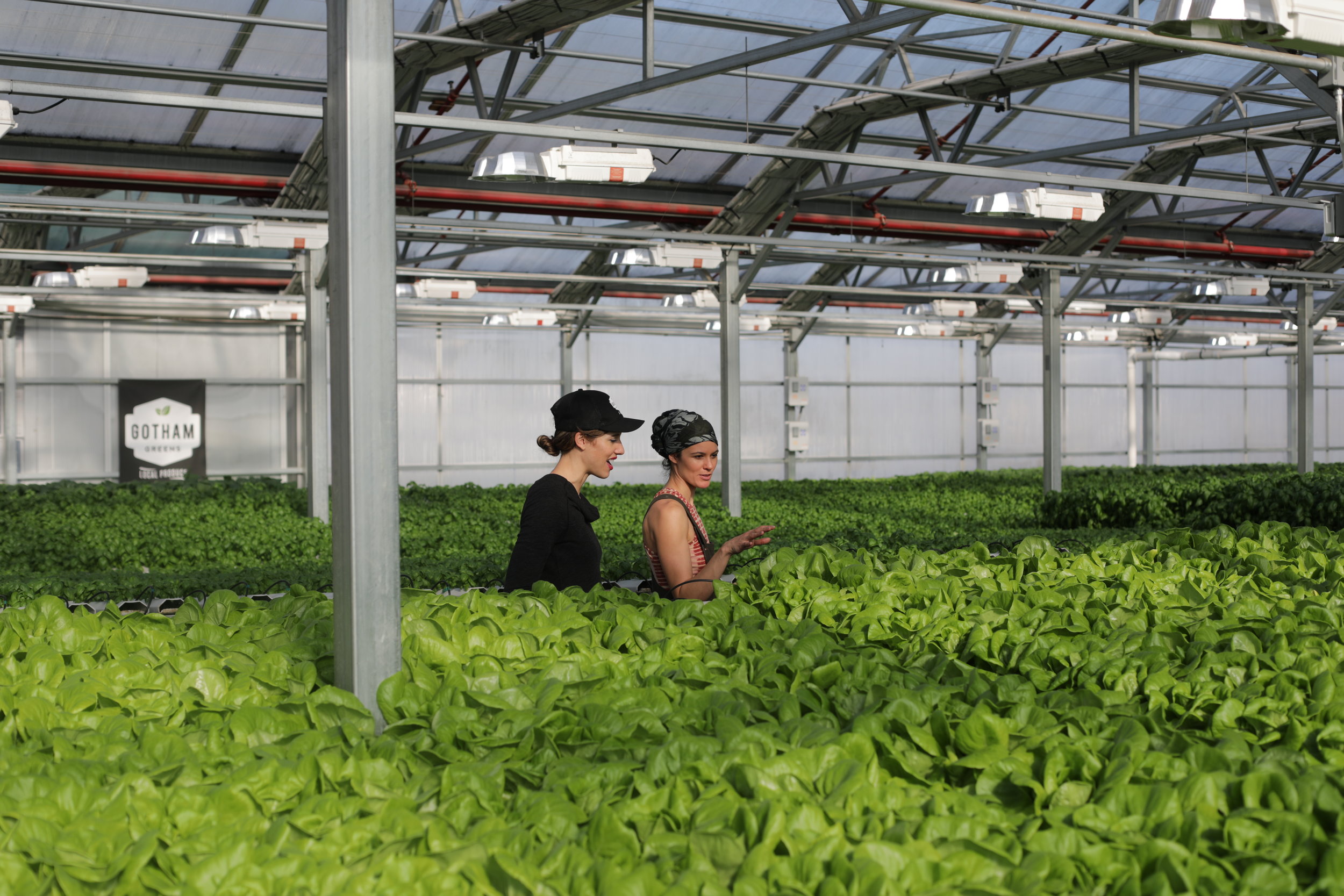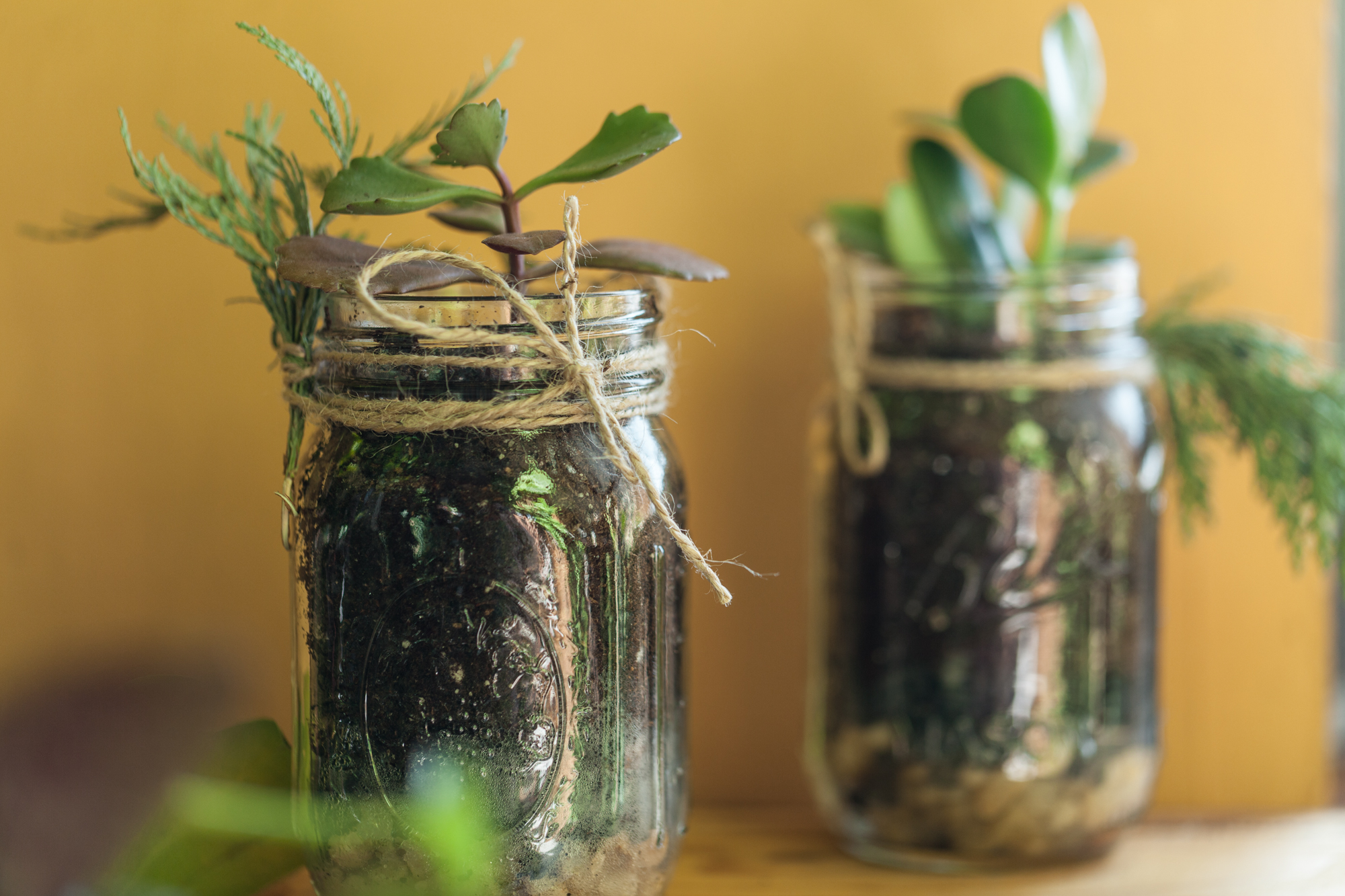SRO: What produce do you specialize in and where and who do you sell your produce?
NB: We grow local, leafy greens and herbs in high tech, climate controlled greenhouses, year-round. That means, even in the dead of winter, we provide our customers— supermarkets, restaurants, caterers—with fresh produce within a couple of hours of harvest. A little over a year ago we also launched a line of fresh pesto made from our Genovese Basil. It’s grown a bit of a cult following and we recently expanded the line to include Classic, Vegan and Spicy varieties.
SRO: How much produce/greens do you produce in a given year? How does that compare to the same size soil-based farm during the growing season in similar climate zone?
NB: Our advanced growing methods yield 20-30 times more product per acre than field production, while eliminating any use of arable land. Our 170,000 square feet of greenhouses across the four facilities produce yields equivalent to over 100 acres of conventional field farming.
SRO: Now that you’ve been at this for around 9 years, what were some of the most important learnings along the way?
NB: Starting any business is extremely challenging, but for most businesses, there are at least a couple of models to use as a point of reference. In 2011 when we were designing our flagship Brooklyn greenhouse, there was no blueprint to follow, so we had to learn as we went along. There was no precedent for what we were trying to pull off. People thought we were crazy when we told them we wanted to build large-scale greenhouses on city roofs. Over the years we’ve learned a lot about finding the right real estate and landlord, navigation regulatory challenges (zoning, permitting, etc.) and the myriad of logistics that go into running a food production facility and distributing your own produce.









